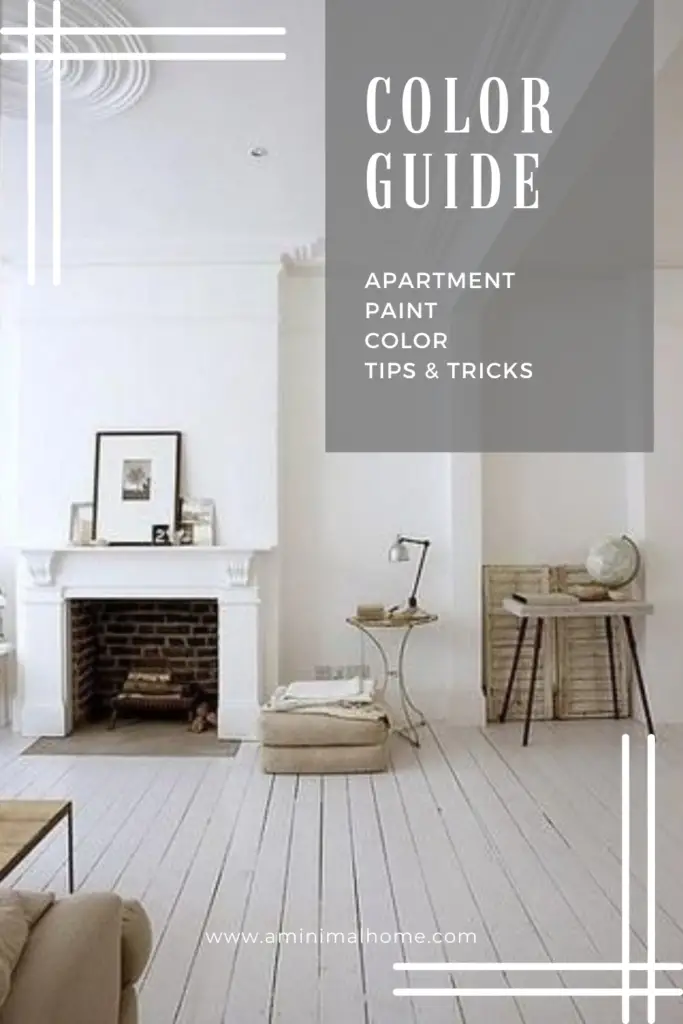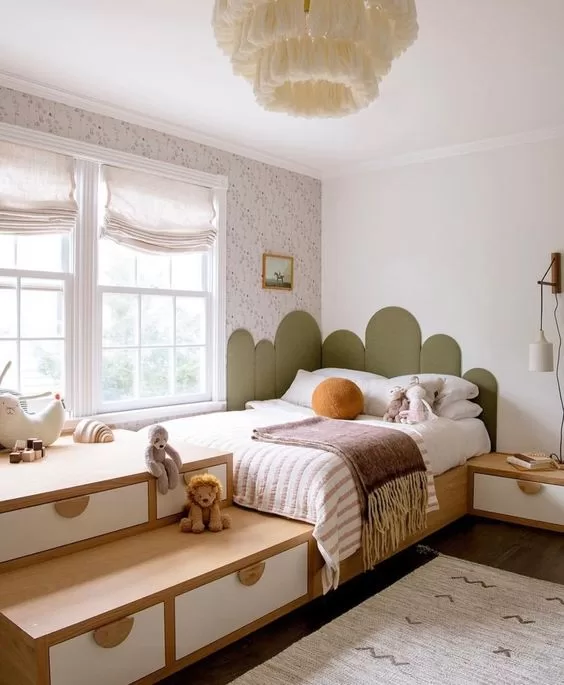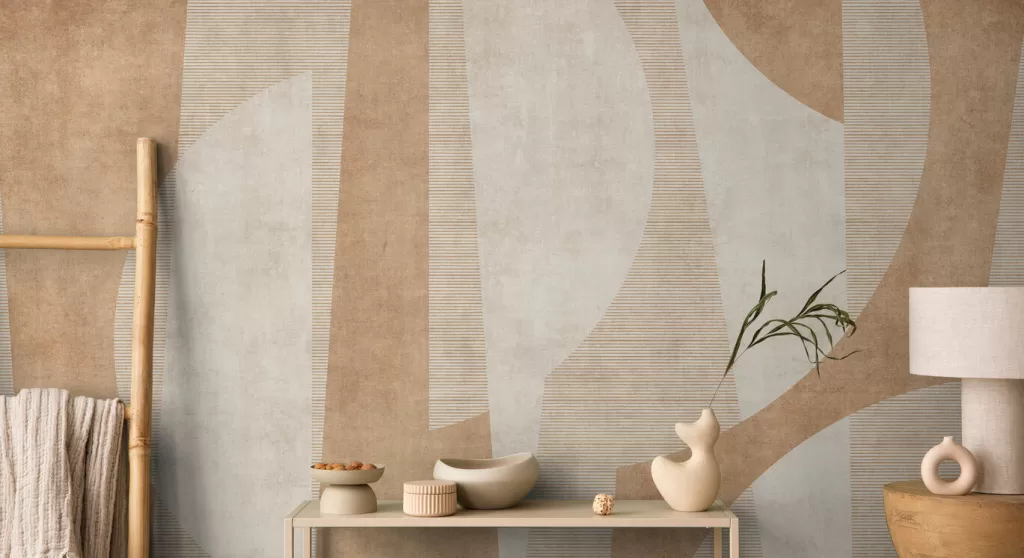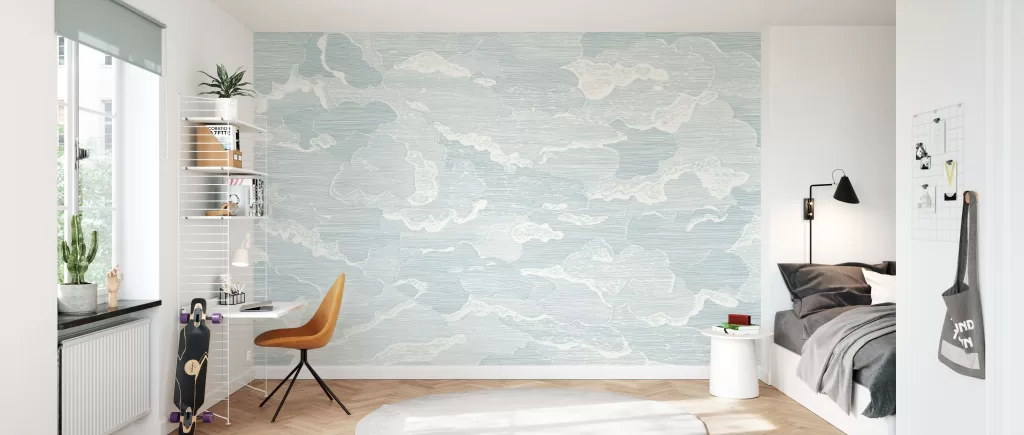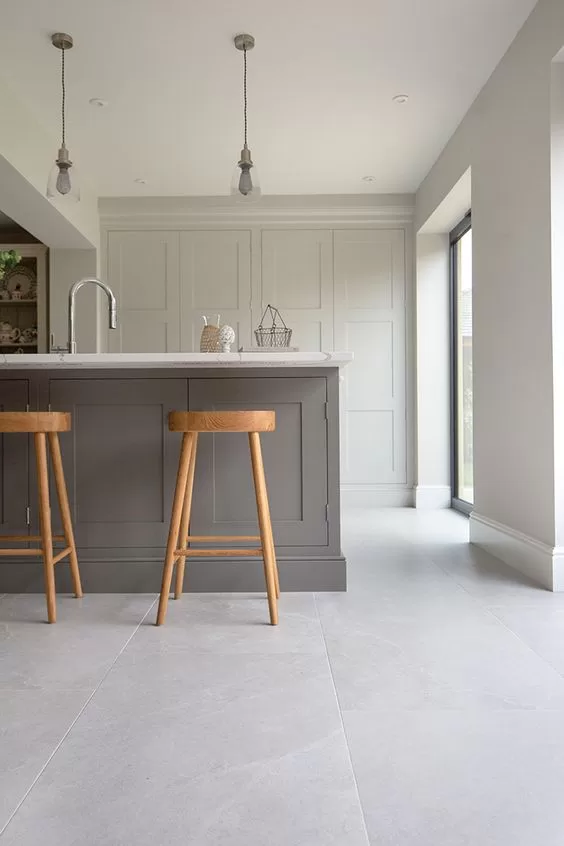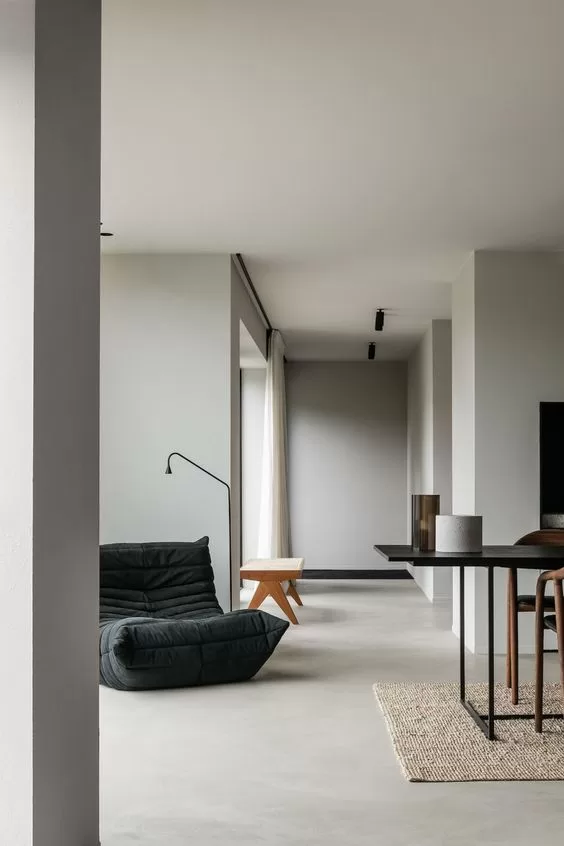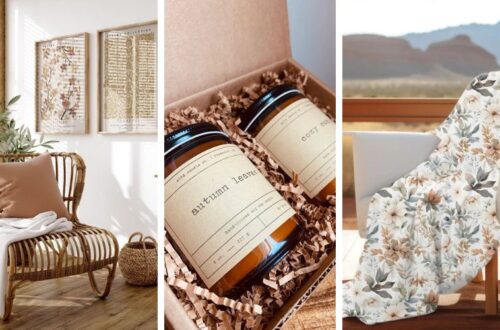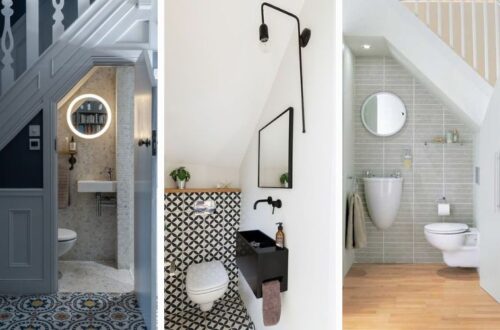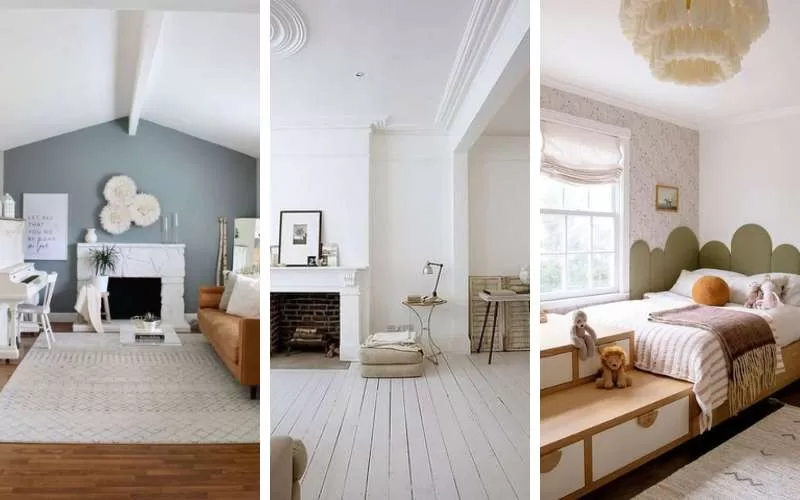
Best apartment paint color tips and tricks
Share this
Discover the best apartment paint color tips to make your house look elegant and put together.
Some common questions when choosing an apartment paint color are:
- Can I make my house appear more spacious with paint?
- When working with smaller areas, can I use intense colors?
- Which color should I paint the baseboard or ceiling?
These and other questions will be addressed in this blog.
Transforming small spaces through paint?
Light colors are the go-to, but did you know there are other options?
While light hues give off an illusion of more space and peace, not everyone gravitates towards them.
Keep in mind that there are alternatives to achieve your desired interior design and we will see all available options here.
This post contains affiliate links. If you use these links to buy something I may earn a commission. Thanks.

Love intense colors but have a small space?
Here’s a trick: use a color palette of two light shades and one stronger tone.
Start with a light base, then add a secondary color in medium proportion, and finish with a focal color that pops in smaller proportion through accessories.
Check out this tween girl bedroom – the apartment paint colors feature light walls, colorful accessories and furniture, with an olive opop of color, creating perfect harmony.
Consider using a single wall color for a consistent and visually stunning look that can even make your space appear larger.
It’s important to choose the right apartment paint color palette to avoid overwhelming and cluttered rooms with mismatched colors.
Emphasize harmony in your home’s design and experiment with accent walls and creative effects, but avoid overdoing it with bright or contrasting colors in every room.
Remember, less is often more when it comes to creating a cohesive and stylish living space.
Take a look at how it was done in this example.
A light blue tone can be used on a dining room wall, and that color would be repeated on a hallway wall for continuity.
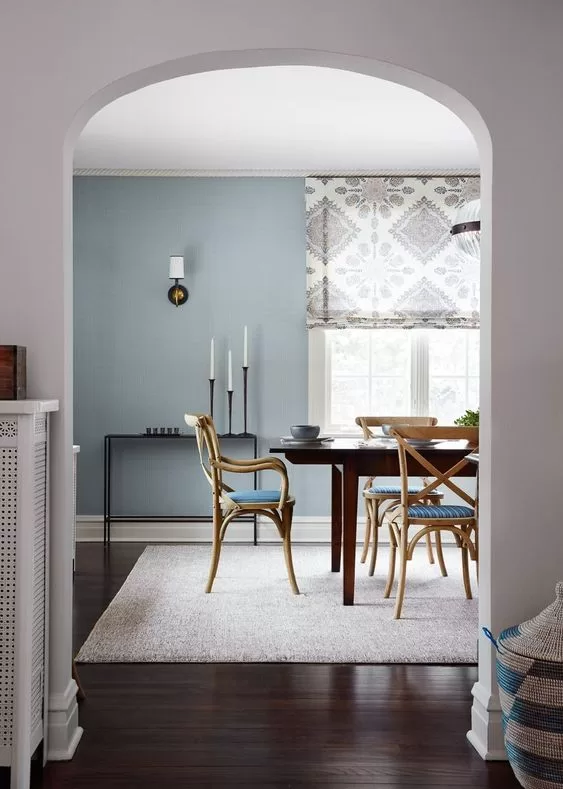
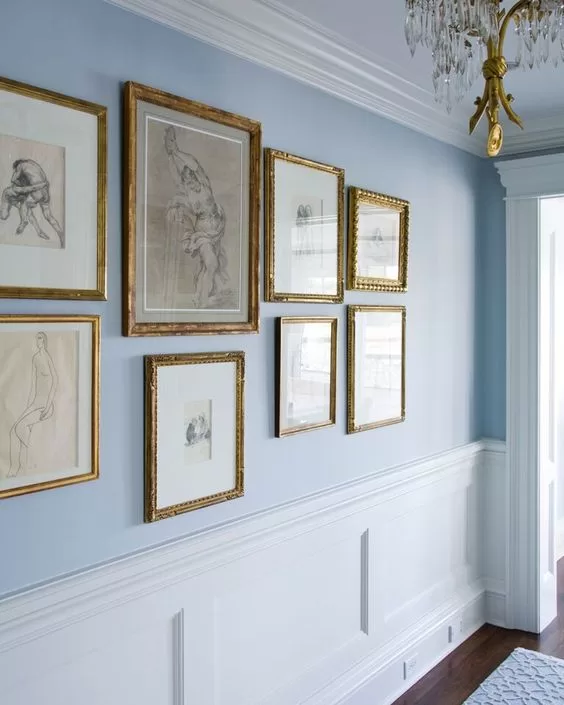
I love this color for a coastal home.
Notice how the achieved effect is a visual delight, as the house looks complete.
Now, take a look at this other image where, despite having different effects in the bedroom and living room, the same green hue is used on the furniture, which looks great.
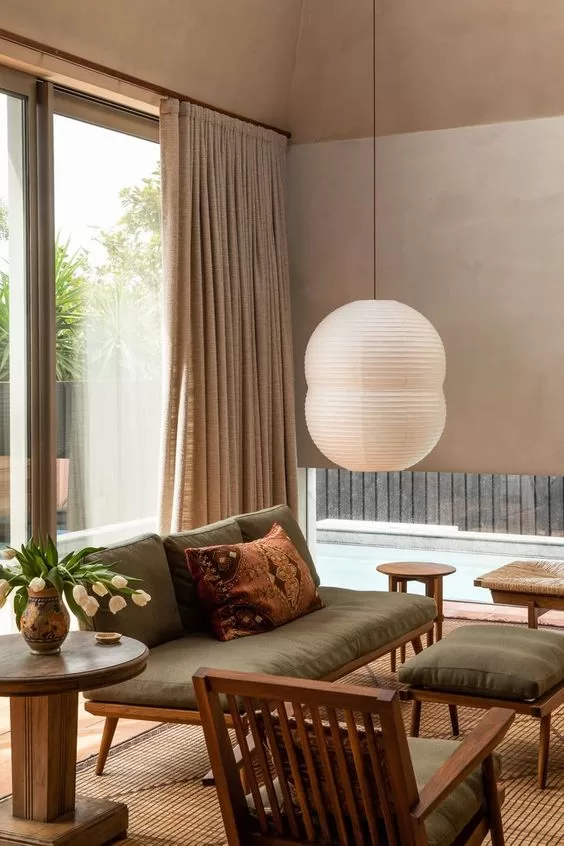
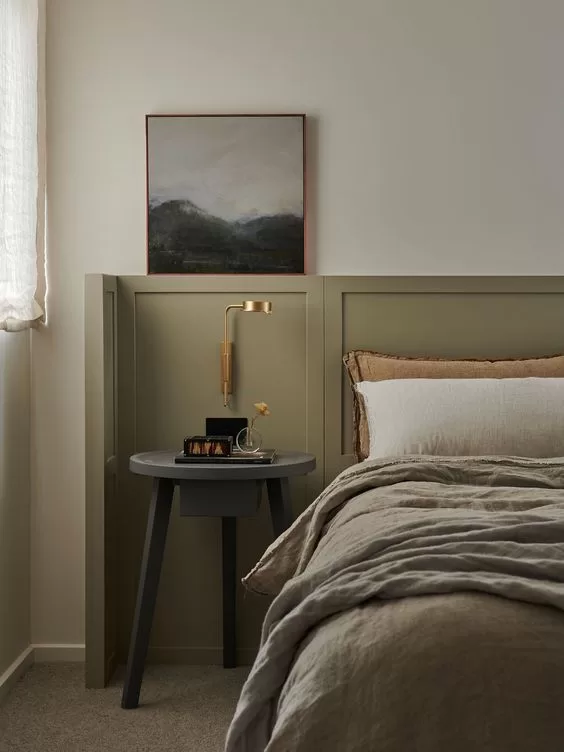
Monochromatic palette
Another highly effective resource is to go for a monochromatic look that works really well in small spaces.
It provides visual continuity, communicates harmony, and conveys spaciousness.
You choose a color and combine it with other colors of the same range, then play with the intensity of that hue.
Alternatively, you can opt for the well-known total look by painting baseboards, door frames, window frames, and even carpentry in the same color as the walls.
Personally, I really like this idea because it creates a clean and minimalist atmosphere.
For instance, if you choose white as your color, you can use this resource to prevent visual jumps, making the space look larger.


Accent walls
If you’re not a fan of this idea, try creating an accent wall to serve as a focal point.
Remember, a focal point is created in decoration to direct the eye, disguise something, or add drama to a space.
So, if you’re painting a small space, consider painting one of the walls, so the eye is naturally drawn to it.
This trick not only allows you to cover up low ceilings, unappealing floors, furniture, or doors, but it also directs attention away from them.
Essentially, the focus shifts to your accent wall.
You can create an accent wall with paint or in a more straightforward and artistic way using murals.
Photowall provides a wide variety of high-quality options.
Here are some of my favorite murals.
Get your canvas prints delivered quickly and track your package all the way to your doorstep with Photowall.
I personally experienced their exceptional customer service when they sent me three canvases, highly recommended.
How to paint a baseboard
If we are talking about the baseboard, giving it a lighter shade or painting it with a hue similar to the floor can make the space feel larger.
In small rooms, doors and window frames can be camouflaged by painting them the same color as the walls.
In addition, its a good idea is to paint furniture or other items that are attached to the wall the same color as the wall itself.
Radiators, for instance, are quite prevalent, and painting them in the same tone as the walls will make them blend and create an illusion of more space.
Similarly, if there’s a column or pillar you’re not too fond of, you could incorporate it into the decor by painting it the same hue as the walls.
If the columns are visible on the ceiling, painting them white would enhance brightness and make the ceiling look higher.
Of course, you could also paint the columns a different color.
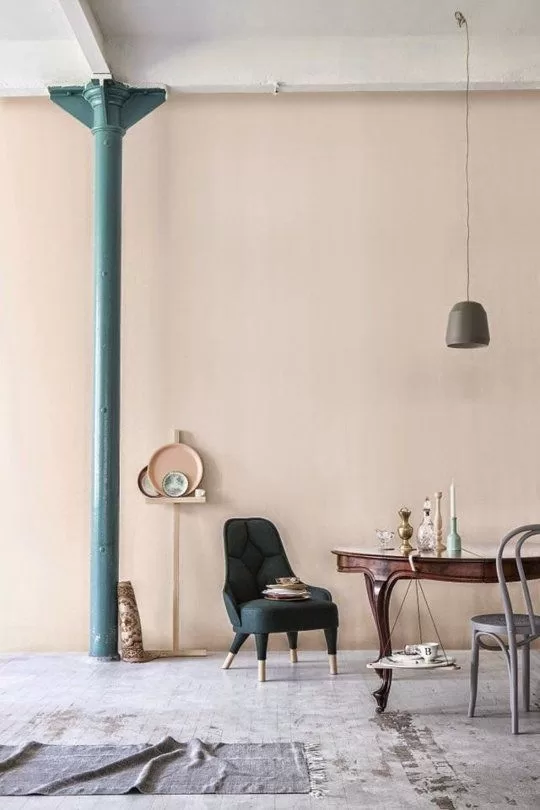
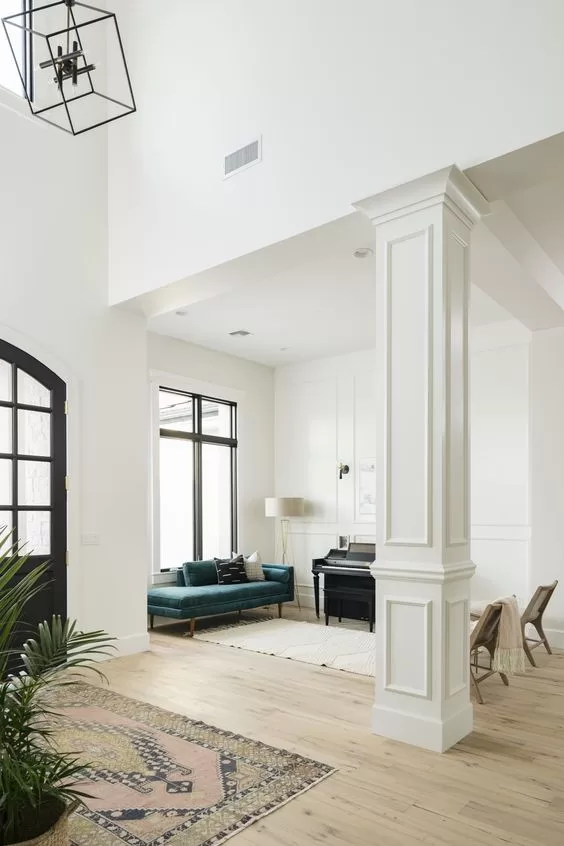
But in that case, you should remember that contrast will be created, and the eye will naturally be drawn to the area, thereby making it more visually prominent.
The same rule goes for fireplaces, which can take up visual space even in small apartments.
For example in this photo, an ingenious painting technique allows fireplace to blend seamlessly into wall as a chic decor element. No more bulky eyesores taking up valuable space.
What about small and narrow areas
Transform a cramped, narrow space into a cozy nook with a simple apartment paint color trick.
By painting the back wall in a warm, dark color, you can make the space feel more inviting.
Consulting a warm-tone color wheel can help you pick the perfect shade.
This works particularly well in hallways or elongated rooms, where it can shorten the space and make it feel less tunnel-like.
But beware: if your room is already square, this trick can make it feel even smaller. Stick to lighter colors in that scenario.
Roof paintings
When we want to expand another room with a tall roof, we can always use a darker shade on the roof and floor to create the illusion of the walls moving further away, adding more space to the room.
If you’d rather make the ceiling look higher, just paint it with a much lighter color than the rest of the walls to make it stand out, giving the room a more spacious feel and effectively increasing the visual height of the space.
Take care with the finish when painting a small room.
Paint finish
Get more space and shine with the perfect paint for your walls.
Choose silk-finish for more reflection and matte finish for those with textured walls to hide all imperfections.
Keep those uneven surfaces in check with the right paint finish.
Floor colors
Don’t forget to consider your flooring when choosing wall colors.
The color of your walls can impact the look of your floor and vice versa.
To create visual continuity in your space, choose an apartment paint color that complements both.
Wood-like light floors work with most wall colors, while white flooring pairs well with vibrant walls.
For darker floors, stick to neutral tones like light gray or cream.
If your floor has a bold design, avoid oversaturating the space by choosing a neutral wall color or selecting a hue from the floor that isn’t too flashy.
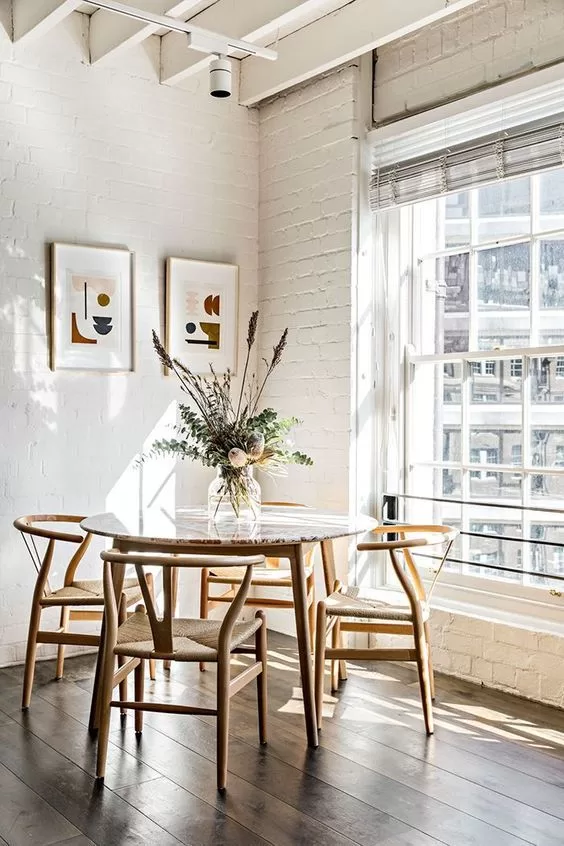
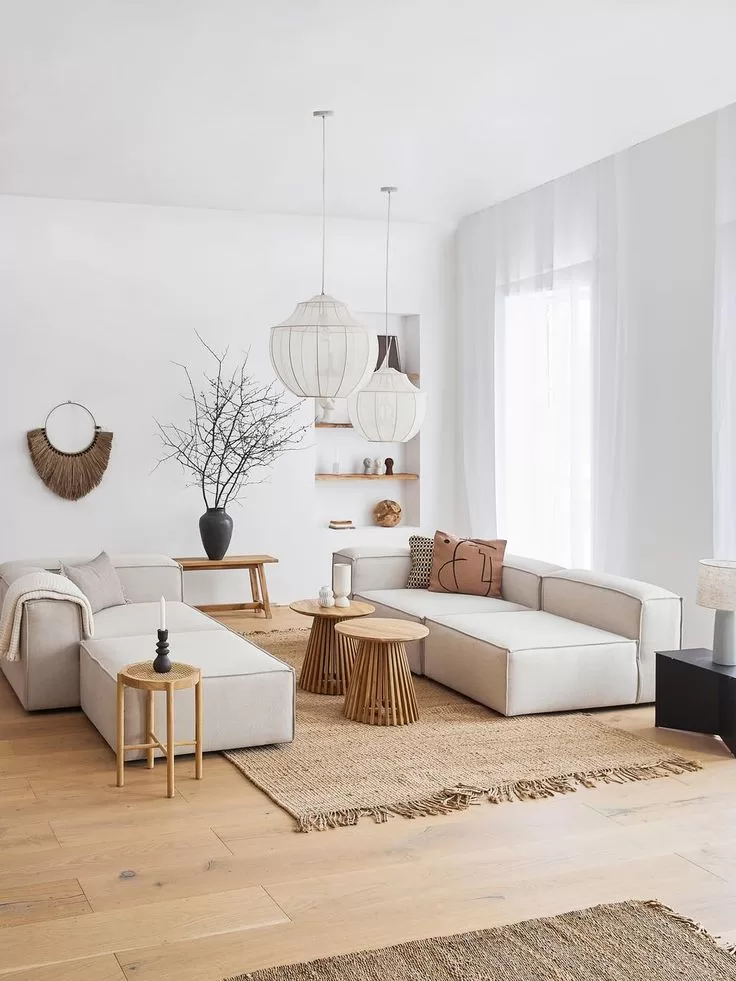
What’s the best color for a small space?
While finding the perfect shades may require some personal reflection and coordination with your home’s decor, white is generally a safe bet.
However, if the space is tight and has low lighting, steer clear of pure white as it can create a feeling of dullness or sadness.
With over 150 white options available, consider going for warmer, creamier shades to make the most of your space.
Other apartment paint color options
White is a go-to, but subtle shades of gray can add dimension to your home.
An expertly executed gray paint job can tastefully complement any room.
See how a light white base on your walls can enhance the beauty of your kitchen with just a touch of gray paint.
The color blue works wonders in small spaces.
Though you might think painting your entire home in it is excessive, a single wall or a couple of walls will suffice.
It works wonders in a hallway or bedroom, as it evokes a sense of tranquillity.
If your space is poorly lit and you love vibrant tones, then you might consider using yellow.
However, be sure to choose a chromatic range that isn’t too loud and don’t overdo it by painting everything in yellow.
Personally, I’d use yellow accessories over a neutral base.
For a natural touch, green is a great option and it can give a sense of depth to small spaces.
Just be careful not to overuse it, as it can become tiresome.
Other than yellow and green, colors like pink and earth tones work well too.
Remember that there are no rules to follow when it comes to colors – many shades can coexist wonderfully together.
It may seem counterproductive, but when applied in small doses and in well-lit spaces, there’s no problem.
You can even use black color as accent in small doses, not on walls but on accessories.
Using it wisely is key, but black is the color of elegance.
It should appear in specific details on a white base, creating an impressive and modern result, when combined with wood it adds warmth.
I hope these tips are helpful
Remember, you don’t have to apply them all at once or even at all.
Consider them as tools to use if you’re painting a small space and if your style aligns with them.
Also, if any of them don’t vibe with you, don’t fret.
The most important thing is how you feel and the effect you want to achieve.
Find more decor tips and ideas here.
